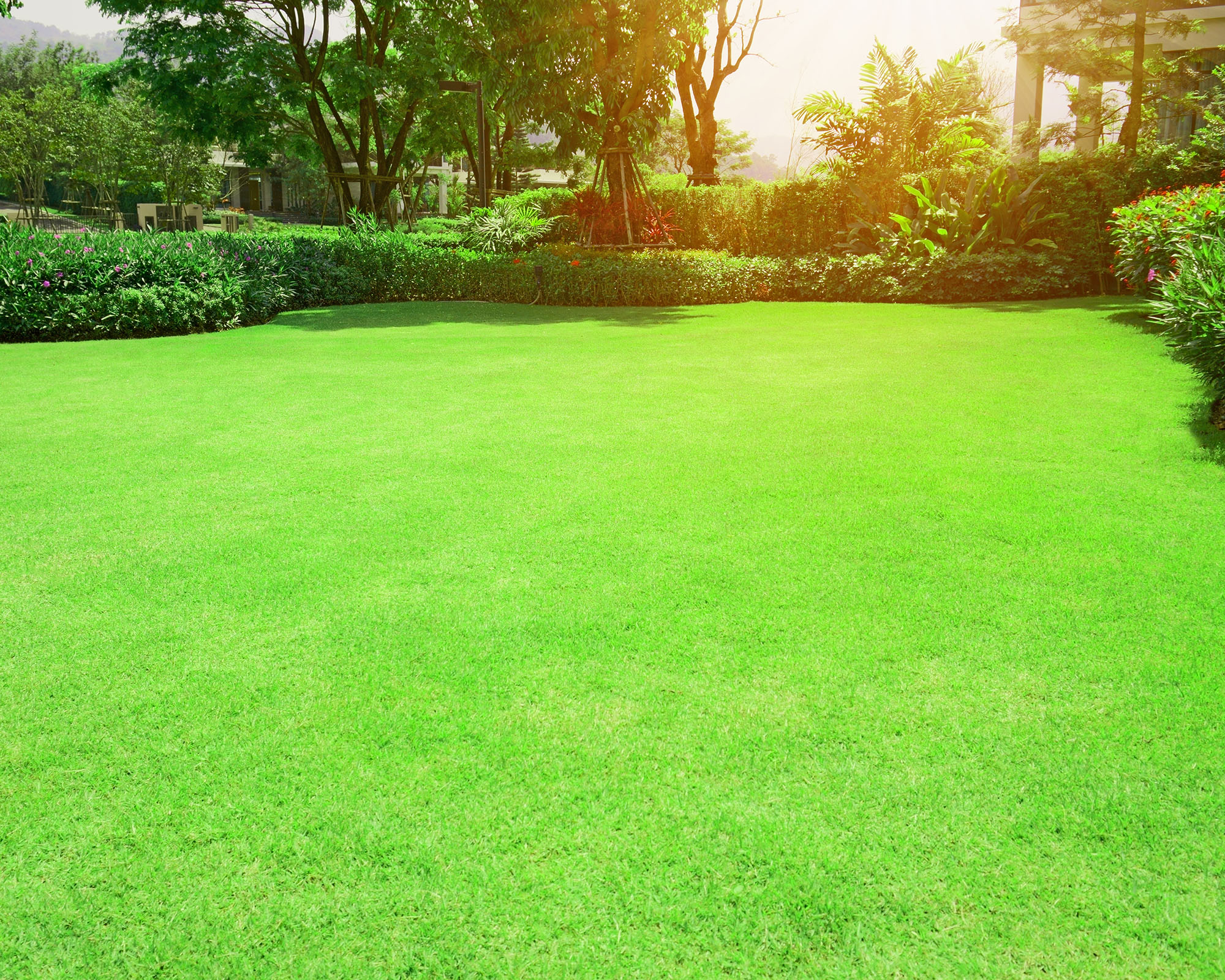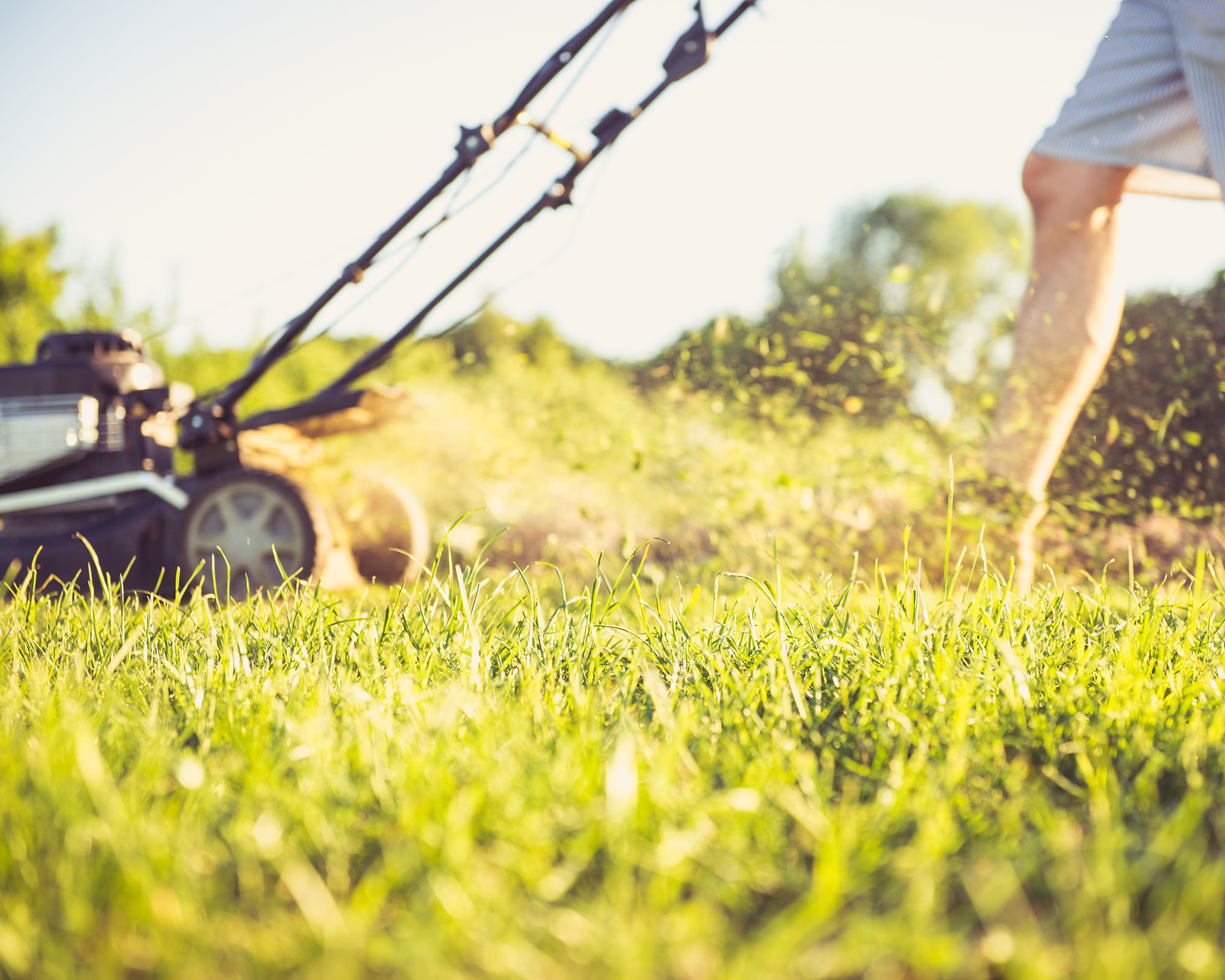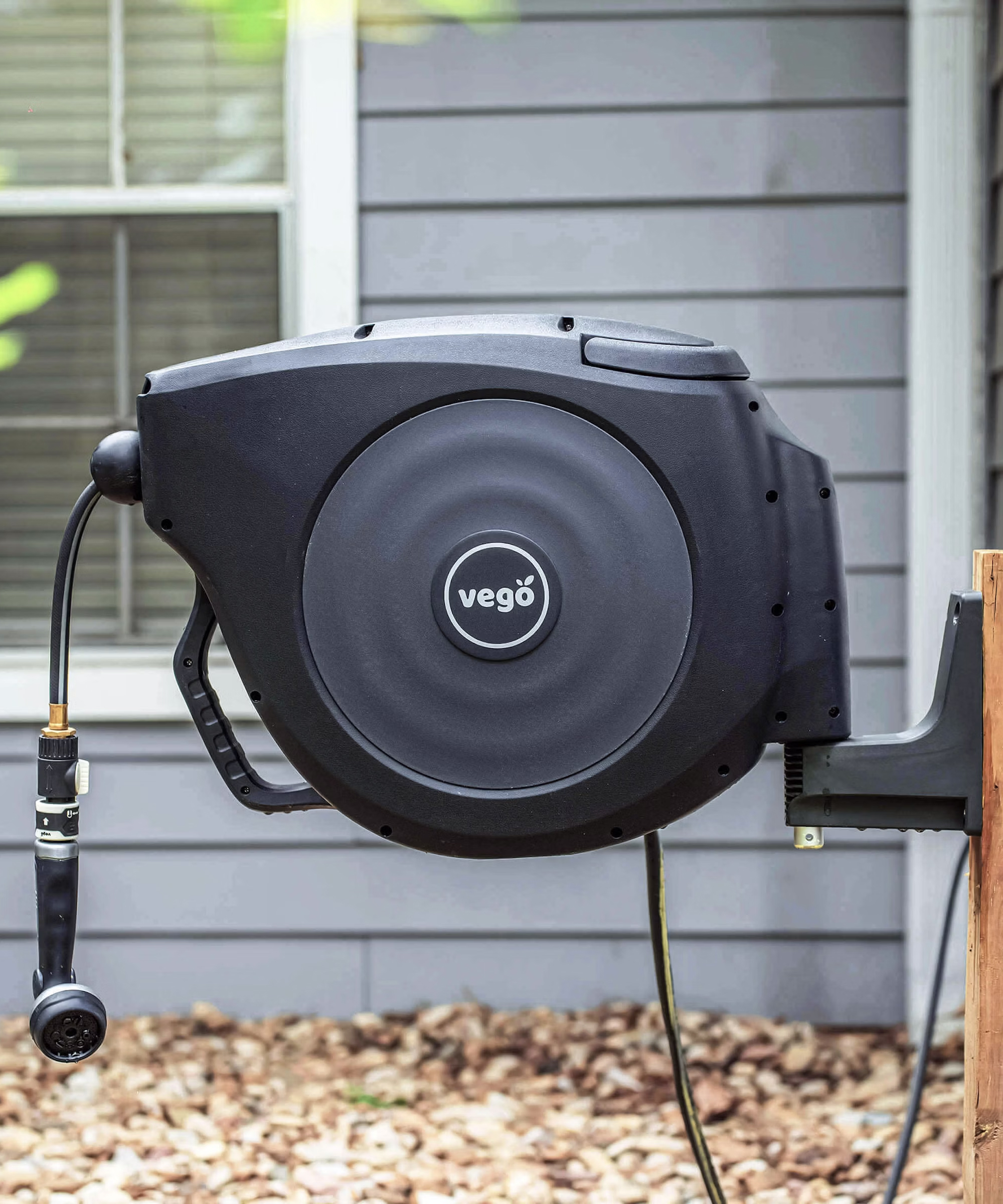When Is It Too Late To Plant Grass Seed? Smart Tips For Successfully Sowing A Lush Lawn In Summer
Is your lawn looking less than perfect? It's not too late to sow more grass seed! Follow these expert tips for summer seeding and grow a lush lawn now.


If snow, fungus, dog potty spots, or other issues plague your turfgrass, you may be wondering, “When is it too late to plant grass seed?” Our gardening experts are here to weigh in with some expert advice on when and how to plant grass seed if you are getting a late start, but still want to sow a new lawn or fill in patches in your grass this summer.
The general consensus is to plant cool season grass varieties in late summer to early fall and sow warm season grasses in late spring to early summer. June and July don't fit neatly into these timelines, so it's worth finding out if the seed you want to plant will work.
In June and July, there are plenty of other jobs necessary for growing gorgeous, green lawns. Watering, edging, mowing, and weed prevention are chief, but if there are holes in your lawn, it may be time to look into seeding your lawn as well. Timing is just one factor that’s key to germination. Your selection of turfgrass is another. Let’s look at all the necessary elements for sowing grass seed successfully during the summer months.
Types of Turfgrass
There are two main types of grass for your yard: cool season and warm season. Cool season grasses are suitable for areas with cold winters and mild summers. In the U.S. this covers the top two-thirds of the country. Warm season grasses are typically grown in the southern U.S. and are suited to areas with a hot climate in general, whether that’s arid or humid.
Cool Season Grasses:
- Kentucky Blue
- Tall fescue
- Fine Fescue
- Creeping Bentgrass
- Annual Ryegrass
- Perennial Ryegrass
Warm Season Grasses:
- Centipedegrass
- Bahia
- St. Augustine
- Bermudagrass
- Zoysiagrass
- Buffalograss

If you don’t know the type of turfgrass on your property, there are seed mixes that will blend in well with a variety of different grasses. Select one from a reputable local nursery that will know which season grasses you can grow in your area. Scotts also offers a wide array of grass seeds to suit just about any landscape and climate. Find dozens of options from this respected brand at the Home Depot.
Can I Sow Grass Seed in Summer?
If you’re interested in planting grass in summer, your best bet is to use a warm season grass variety. That isn’t great news for northern gardeners, but warm season grasses will germinate more readily in the summer heat.
Cool season grasses go dormant in the heat of summer and will not germinate well. It is better to wait until late August to sow in northern regions. If you absolutely want to try it, use Kentucky Bluegrass, perennial rye, or blue fescue for the best results.
Sign up for the Gardening Know How newsletter today and receive a free copy of our e-book "How to Grow Delicious Tomatoes".
Be prepared to give the site plenty of water to try and mitigate heat stress of your newly planted grass. Overseeding your lawn in a semi-shady location could work, but don’t expect miracles in a full sun location.
Best Temperatures for Sowing Grass Seed
Cool season grasses go dormant when temperatures exceed 65 degrees Fahrenheit (18 C). The best ambient temperature range for sowing cool turfgrass seed is between 50-80 F (10-27 C) and when the soil temperatures are between 50-65 F (10-18 C). Warm season varieties can tolerate more heat. These seeds can germinate in temperatures between 65-70 F (8-21 C).

Growing Grass Seed in Summer
It is important to prepare the site prior to planting grass seed in summer. Remove weeds, rocks, and roots then rake the soil to lightly disturb the top surface.
If you are only covering some bare patches, you can mix your seed into a little bit of topsoil and sprinkle it over the prepared area. If you are doing a large space, you may need to level the area first. If the soil is poor, add a layer of compost or topsoil. At this time, you can opt to mix in a pre-seed fertilizer, like this Scotts brand starter food for new grass from the Home Depot.
After you lay the new grass seed, water gently to moisten all the soil and seed. You will need to keep this area damp, but not soggy, at all times until the new grass is established. In the heat of summer, this may mean watering your lawn multiple times per day.
Use a diffuser to gently moisten the soil and grass seedlings rather than letting water pour from the hose onto the area. The idea is light, frequent watering rather than deep, heavy watering which could wash away the grass seed.
Northern gardeners who are sowing cool season grasses should add a light layer of mulch, like straw, over the site. This will help keep moisture in the soil and cool the area to help promote germination in the summer’s heat. It’s also a good idea to put up fluttering flags or something to scare away birds to prevent them eating your seed.

When to Mow New Grass
You need to wait until the grass seed has developed good roots before mowing your lawn for the first time. Wait about 4 to 8 weeks after seeding for roots to form. The grass should be at least 3 inches (8 cm) tall before cutting.
At this point you can reduce watering to once or twice per week. The best time to water grass is in the early morning, so turn on the sprinklers before you start your day to give your new lawn the best chance of success.
When you begin cutting your new grass, use a fairly high blade height on your mower—2 to 3 inches ( 5-8 cm) is good—the first few times to prevent damaging the young lawn. Cut off no more than one-third of the total grass height.
When to Fertilize Your New Grass
Apply a starter lawn fertilizer about 4 to 8 weeks after planting, or follow the directions on your bag of grass seed. This all-purpose lawn fertilizer from Scotts, which you can get at the Home Depot, is good for new and established turf and can be applied even in summer. Wait until you mow the new grass a few times, then after that feed the lawn every 6 to 8 weeks.
Use a high phosphorus formula to promote strong root growth. Once established, fertilize warm season grasses in spring. It’s best to fertilize cool season grasses in late summer to fall. Read your product’s instructions carefully regarding timing and how much fertilizer to use. Overfertilizing can promote weak, spindly growth. It is also not good for the water table and natural water system.
This article features products available from third party vendors on the Gardening Know How Shop. Keep in mind that our plant inventory is limited—so if you’re thinking of purchasing, don’t wait!

Bonnie Grant is a professional landscaper with a Certification in Urban Gardening. She has been gardening and writing for 15 years. A former professional chef, she has a passion for edible landscaping.
